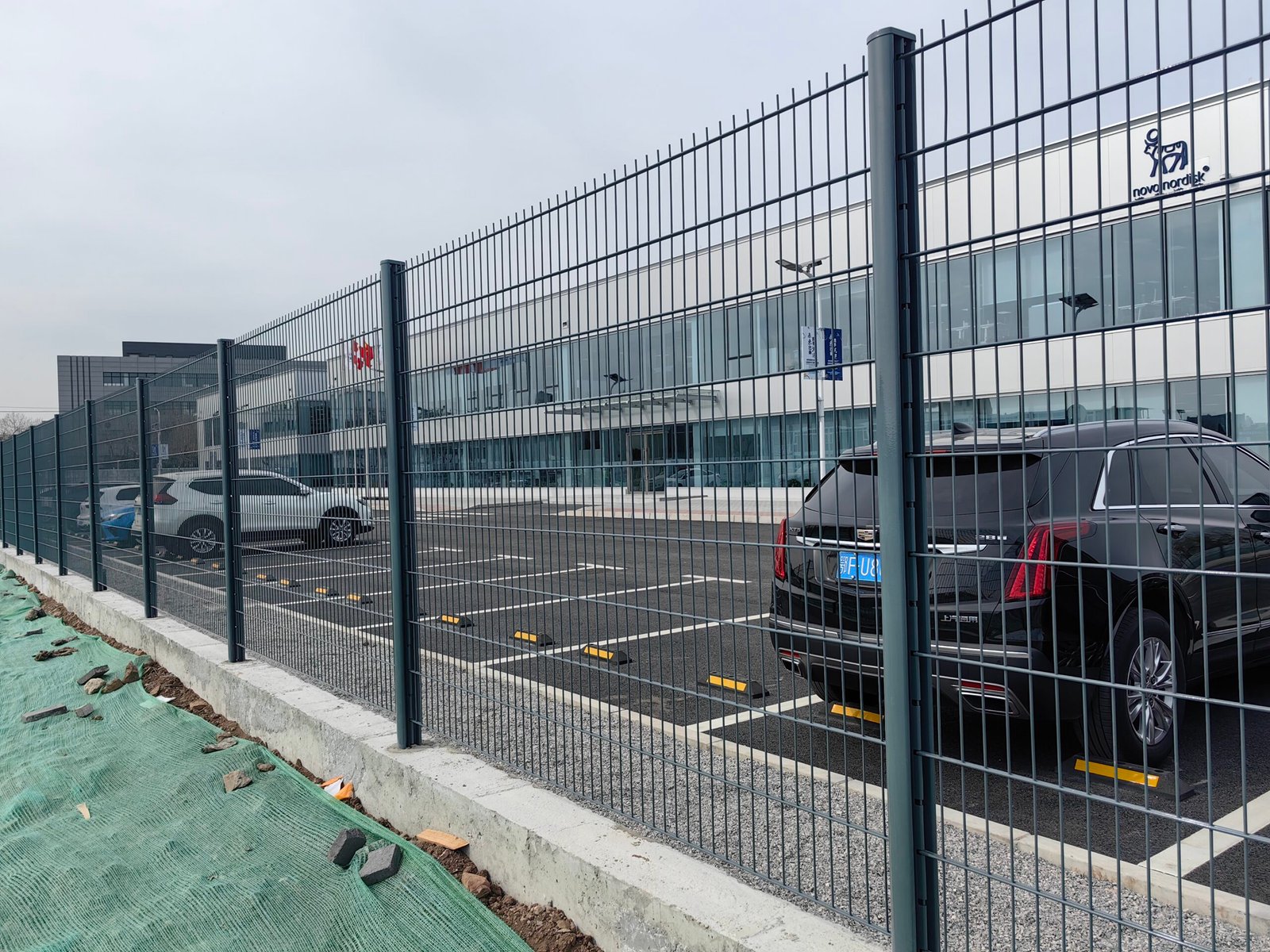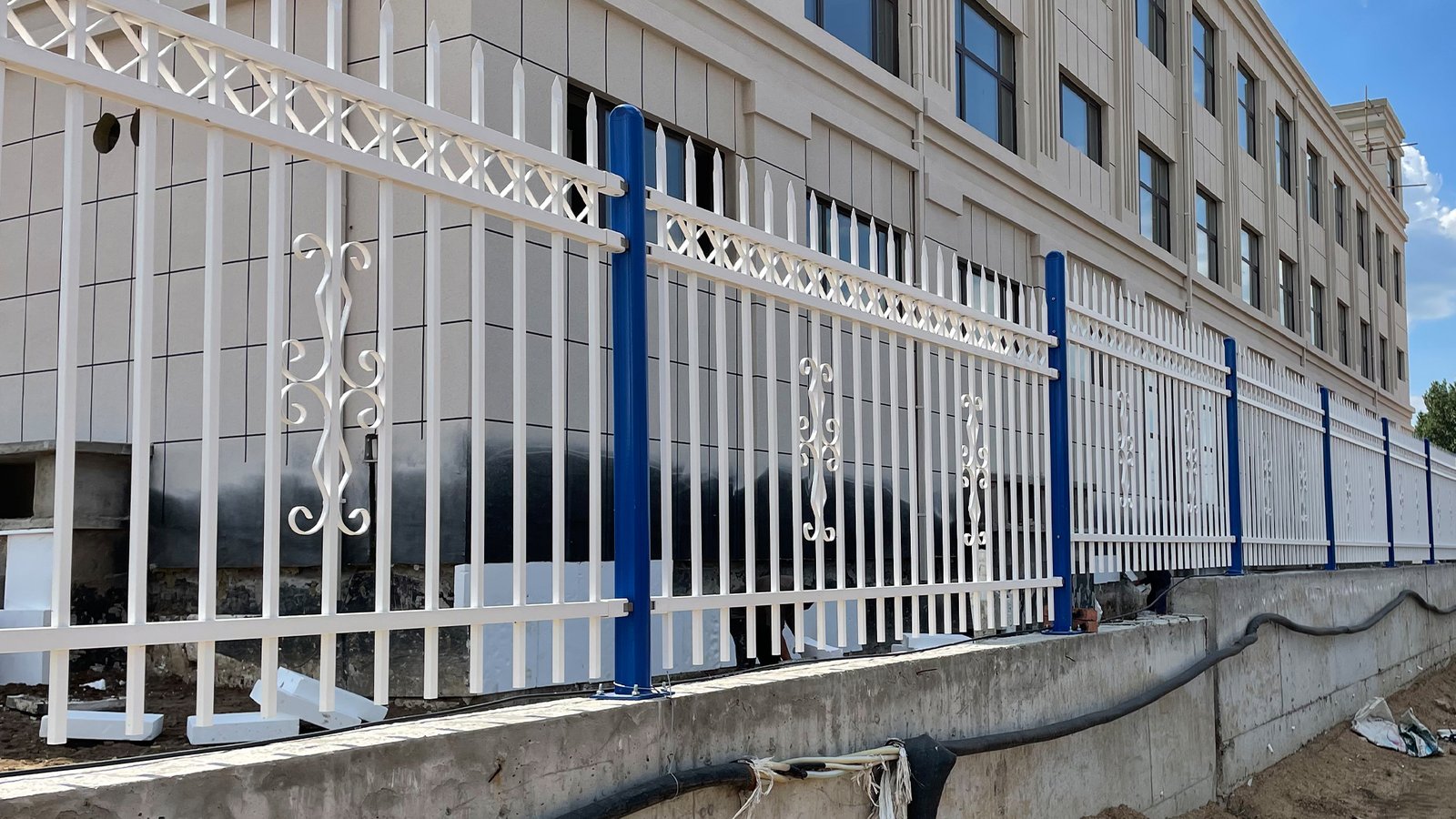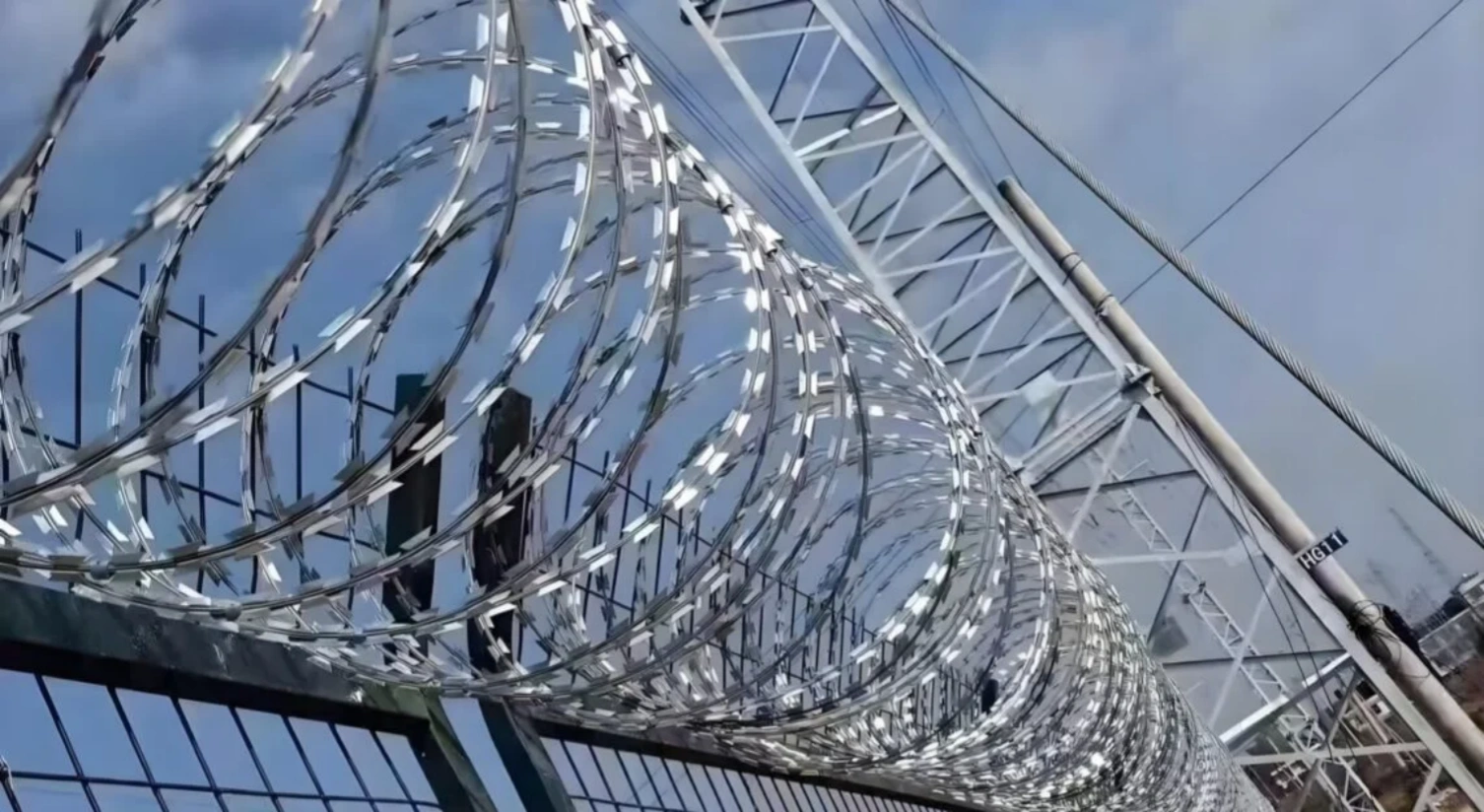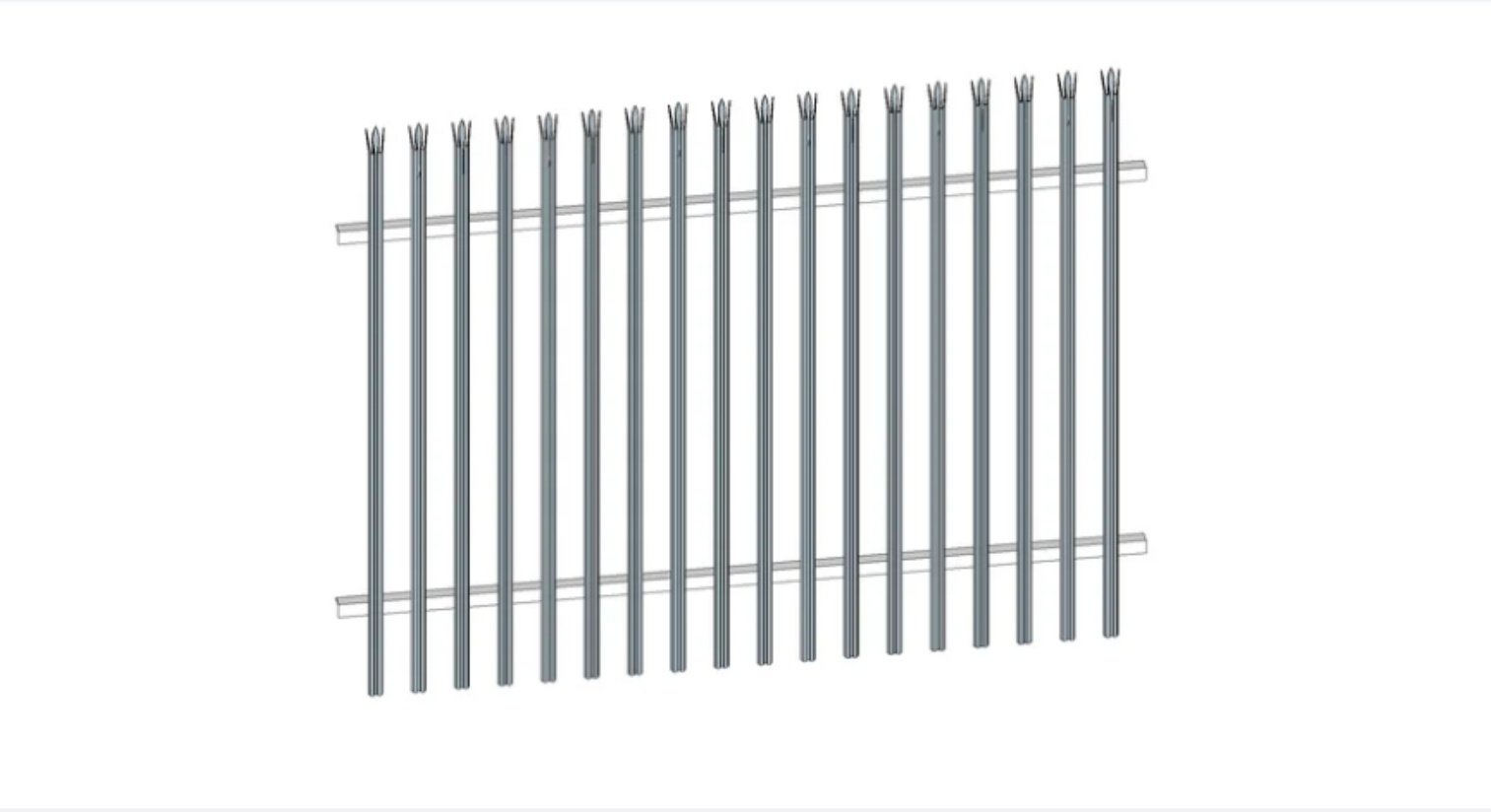Table of Contents
ToggleIntroduction to Metal Fencing in Zimbabwe
Metal fencing in Zimbabwe has witnessed significant growth and diversification over the years, evolving from traditional forms of perimeter security to an essential component of modern property protection. Historically, Zimbabweans relied heavily on conventional materials such as wood and brick for fencing. However, the shift towards metal fencing can be attributed to its durability and effectiveness in safeguarding properties. As urbanization progresses, the demand for robust security solutions has increased, propelling metal fencing to the forefront.
The types of metal fencing available in Zimbabwe include chain link, palisade, and welded wire options. Chain link fencing is particularly popular due to its versatility and relatively low cost. On the other hand, palisade fencing, characterized by its spike-topped design, offers heightened security, making it an ideal choice for commercial properties. Welded wire fencing combines strength with aesthetic appeal, providing an attractive yet secure perimeter option for residential areas. Each type serves unique purposes, catering to both urban and rural needs.
Several factors contribute to the rising popularity of metal fencing across various demographics. Firstly, the enhanced security it offers against theft and vandalism is a paramount consideration for property owners. Unlike wood, which can be easily damaged or deteriorated over time, metal fences provide a long-lasting solution that requires minimal maintenance. Additionally, metal fencing can be integrated with security technologies, including alarms and cameras, further enhancing its effectiveness.
Moreover, local manufacturers and suppliers play a crucial role in bolstering the metal fencing industry by providing accessible materials and innovative designs suited to the Zimbabwean market. Their contributions not only support the economy by creating job opportunities but also ensure that customers have access to a wide variety of fencing solutions tailored to meet their specific security needs. This collaboration between local producers and users aids in fostering a resilient and adaptive metal fencing market in Zimbabwe.
Recent News and Innovations in Metal Fencing
The metal fencing industry in Zimbabwe has witnessed significant advancements and innovations in recent months, reflecting a response to both market demand and local challenges. Recent product launches have introduced a variety of fencing solutions tailored specifically to meet the preferences and needs of the Zimbabwean community. Notably, manufacturers have begun offering customizable metal fencing options that cater to both residential and commercial applications. These innovations highlight a shift towards enhancing aesthetic appeal while maintaining durability against the region’s prevalent environmental stresses.
Furthermore, advancements in metal fencing technology have been noteworthy, particularly in the areas of corrosion resistance and structural integrity. The incorporation of galvanized steel and advanced powder coating techniques has resulted in fences that are not only more aesthetically pleasing but also last longer in harsh weather conditions. Additionally, the adoption of smart fencing technologies, including solar-powered lighting and integrated security systems, is becoming more common, adding layers of security and functionality.
<pon acts=”” among=”” and=”” are=”” as=”” authorities=”” been=”” businesses=”” challenges.=”” community=”” concern=”” damaged=”” deter=”” disturbances=”” enhanced=”” fencing=”” for=”” hand,=”” has=”” have=”” highlighting=”” in=”” incidents=”” increasingly=”” industry=”” innovation,=”” installations=”” investing=”” involving=”” its=”” local=”” measures.=”” metal=”” need=”” new=”” not=”” of=”” or=”” other=”” p=”” programs,=”” prompted=”” reported=”” reports=”” response,=”” rise=”” security=”” stakeholders.=”” such=”” surveillance=”” systems=”” tampered=”” the=”” to=”” vandalism=”” vandalism.
These recent developments in Zimbabwe’s metal fencing industry not only address the practical needs of customers but also reflect a broader trend of adapting to local contexts. The ongoing evolution and improvement in metal fencing solutions signify a commitment to not only enhancing security but also promoting sustainable practices within the industry.
Community Impact of Metal Fencing Solutions
The introduction of metal fencing in Zimbabwe has generated significant social and economic impacts, particularly within local communities. One of the foremost benefits of these installations is the enhancement of security. In areas where crime rates have been a concern, metal fencing provides a robust physical barrier that deters theft and vandalism. The peace of mind that comes from improved security can lead to increased investment in local businesses and a more vibrant community overall.
Moreover, the metal fencing industry stimulates local economies through job creation and the support of entrepreneurial ventures. As the demand for metal fencing solutions rises, local manufacturers and craftsmen find opportunities to develop their products and services. This growth fosters economic resilience, as community members are able to secure employment in the manufacturing, installation, and maintenance of metal fences.
In conjunction with economic benefits, metal fencing contributes positively to the aesthetic appeal of neighborhoods. Quality fencing can significantly upgrade the visual identity of residential and commercial spaces, fostering community pride and encouraging further investment in property improvements. Residents who take pride in their surroundings often engage more actively in community initiatives, leading to a strengthened sense of belonging.
Community feedback plays an essential role in shaping the developments of metal fencing solutions. Residents have expressed their preferences for various designs and materials, leading to the evolution of fencing products that cater to aesthetic and functional requirements. However, certain challenges still exist, particularly when it comes to affordability and accessibility of quality metal fencing. Many prospective buyers struggle with the costs associated with purchasing and installing these solutions, which can lead to disparities in community safety and aesthetic enhancement.
In conclusion, the impact of metal fencing solutions on Zimbabwean communities encompasses vital aspects of security, local economic growth, and neighborhood aesthetics, while also emphasizing the importance of community engagement in addressing existing challenges.
Future Trends in Zimbabwe’s Metal Fencing Market
The metal fencing market in Zimbabwe is poised for significant transformation as it adapts to evolving consumer preferences and technological advancements. One of the most notable trends is the increasing demand for eco-friendly materials. As global awareness regarding environmental issues continues to grow, Zimbabwean manufacturers are starting to explore sustainable options such as recycled metals and eco-conscious coatings. The shift toward greener solutions not only benefits the planet but also aligns with consumer expectations for responsible purchasing.
Customization is another emerging trend in the metal fencing industry. Today’s consumers seek products that reflect their individual tastes and requirements. In response, local manufacturers are enhancing their customization capabilities, allowing clients to choose from a variety of designs, colors, and finishes. This tailored approach not only meets the desires of discerning customers but also strengthens brand loyalty and market competitiveness.
Furthermore, the integration of smart technologies into metal fencing systems is gaining traction. Features such as remote monitoring, integrated security alarms, and automation are becoming increasingly popular. These advancements provide added convenience and security for consumers, aligning with the broader trend towards smart home solutions. As technology continues to evolve, it is expected that Zimbabwe’s manufacturers will invest in research and development to incorporate innovations into their fencing solutions.
It is also essential to consider the potential impacts of regulatory changes on Zimbabwe’s metal fencing market. As the government emphasizes infrastructure development and safety standards, manufacturers will need to adapt their practices to comply with new regulations. By doing so, they can not only meet legal requirements but also enhance the overall quality and safety of their products.
Investment in innovation and sustainability will be crucial for the future success of the metal fencing industry in Zimbabwe. Companies that prioritize these elements are likely to flourish, setting the stage for a vibrant and evolving market landscape.





